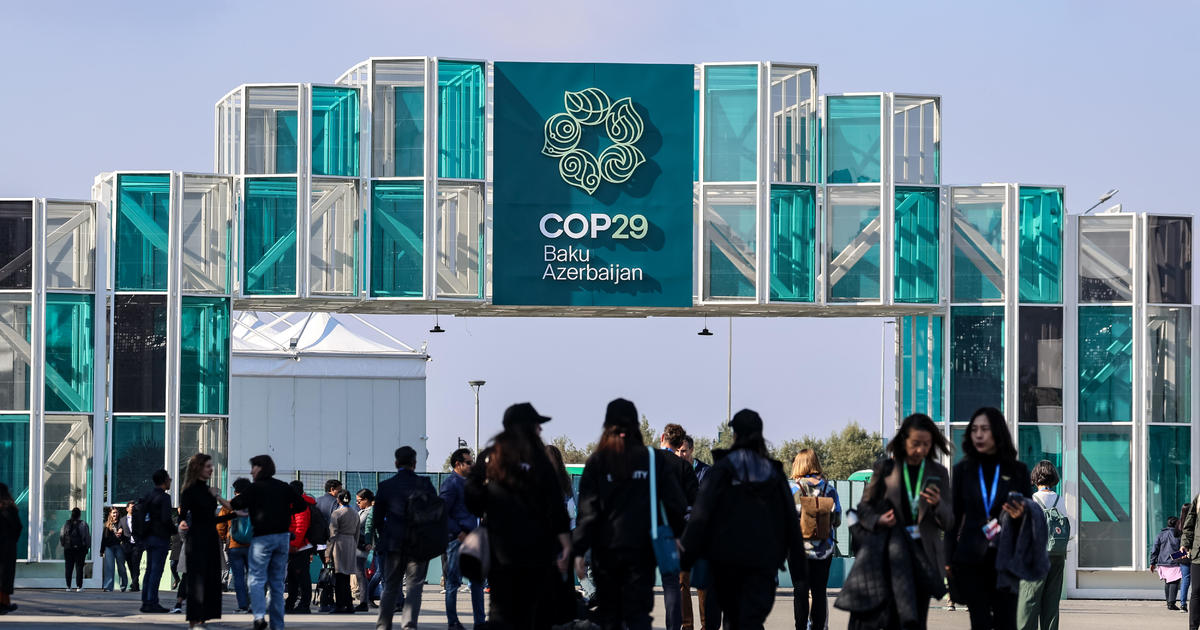 As the world grapples with rising temperatures, unprecedented weather patterns, and growing calls for action, COP29 has emerged as a pivotal moment in the global fight against climate change. Held amidst intensifying climate challenges, this year’s conference brought together leaders, activists, and experts to answer one pressing question: What’s next for climate action?
As the world grapples with rising temperatures, unprecedented weather patterns, and growing calls for action, COP29 has emerged as a pivotal moment in the global fight against climate change. Held amidst intensifying climate challenges, this year’s conference brought together leaders, activists, and experts to answer one pressing question: What’s next for climate action?
A Recap of COP29: Key Moments and Agreements
The COP29 summit, hosted in Baku, Azerbaijan, was characterized by high-stakes negotiations and a sense of urgency. Among the major highlights:
- Strengthened Commitments to Net-Zero: Several nations pledged to accelerate their timelines for achieving net-zero emissions, with some committing to ambitious goals by 2040.
- Global Loss and Damage Fund: Building on the agreement from COP28, COP29 finalized operational details for this fund, aiming to support vulnerable nations disproportionately affected by climate change.
- Deforestation and Biodiversity: A groundbreaking coalition of countries committed to halting deforestation by 2035, emphasizing the link between biodiversity preservation and climate mitigation.
- Focus on Renewable Energy: There was renewed momentum around scaling up investments in solar, wind, and hydrogen energy, with global leaders pledging billions to support transitions in developing economies.
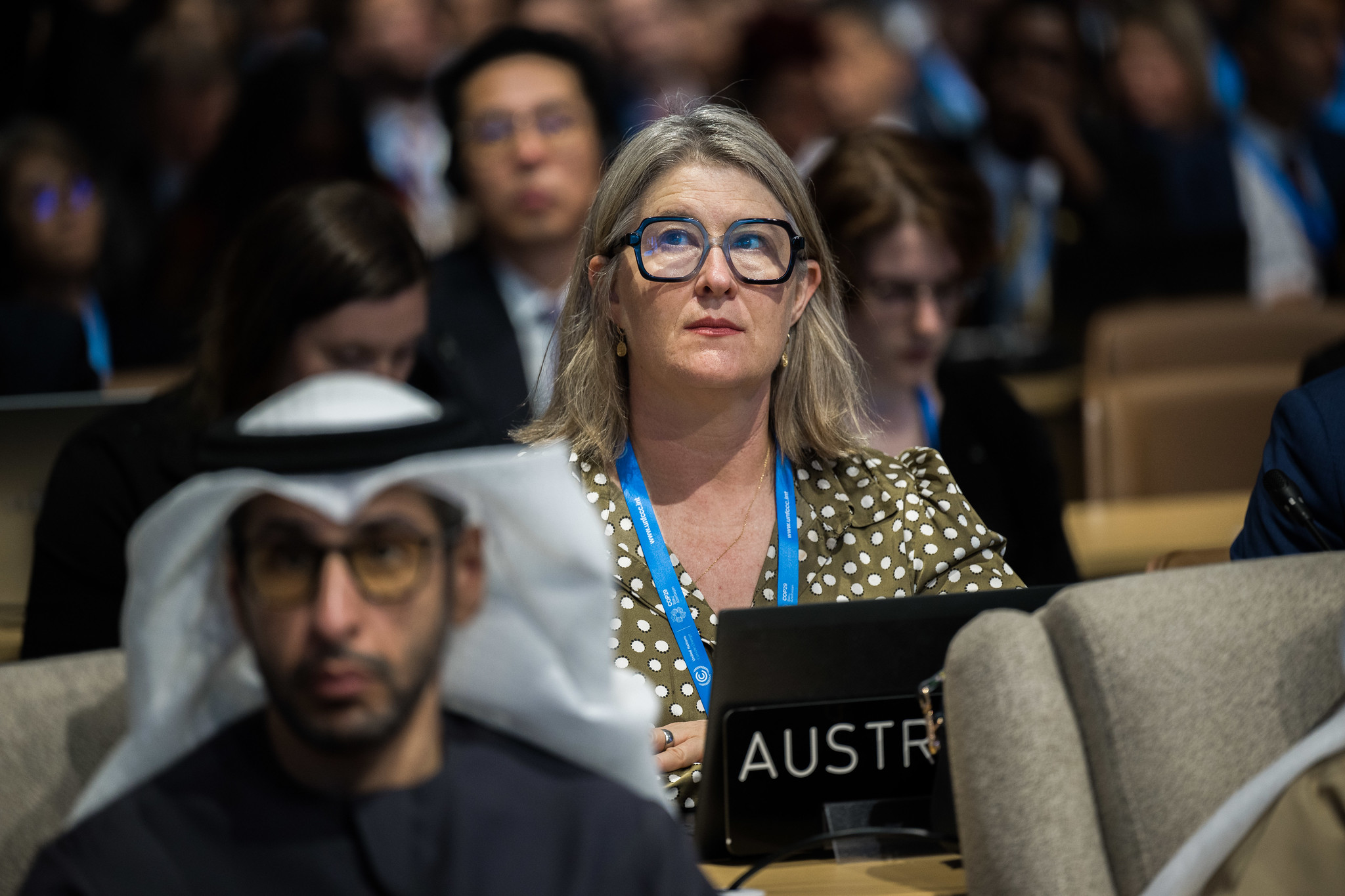 The Climate Challenges That Persist
The Climate Challenges That Persist
Despite these strides, COP29 also exposed several unresolved issues that will shape the future of climate action:
- Unequal Contributions and Impacts: Developing nations continued to stress the inequities in climate responsibility, urging developed countries to fulfill their financial and technical commitments.
- Fossil Fuel Dependency: While some nations pledged to phase out coal and gas, others resisted, citing economic reliance on these industries.
- Implementation Gaps: Promises made at previous COPs, including those on climate finance and technology transfer, remain unfulfilled, raising questions about accountability.
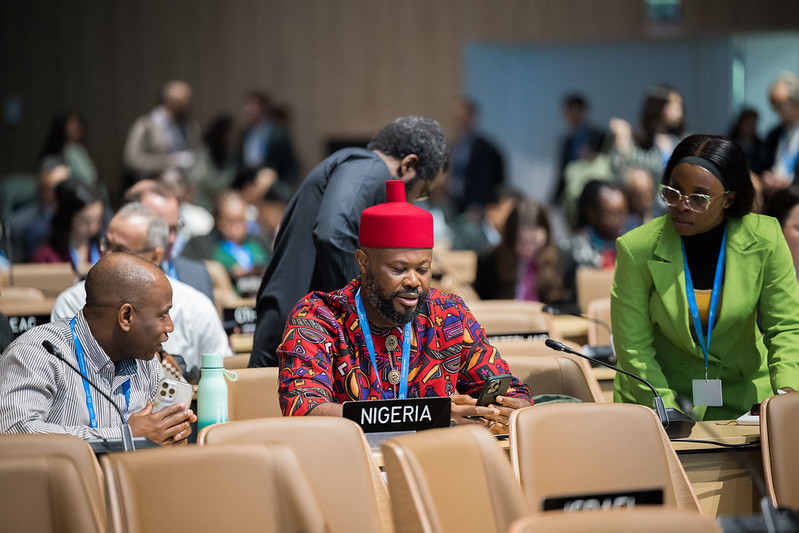 What’s Next for?
What’s Next for?
The outcomes of COP29 set the stage for an evolving climate strategy. Here are the key areas to watch:
- Localized Climate Solutions
Global commitments need localized implementation. Countries must prioritize community-driven solutions that reflect regional realities, such as agroforestry in Africa or coastal resilience projects in Southeast Asia. - Technology and Innovation
From carbon capture to AI-driven climate monitoring, technology will play a critical role in achieving climate goals. COP29 emphasized the need for cross-border collaboration on green tech development and deployment. - Corporate Responsibility
Businesses are increasingly recognized as key players in the climate fight. Moving forward, stricter regulations and incentives for corporate sustainability will likely be on the agenda. - Youth and Indigenous Leadership
Youth activists and Indigenous communities continue to demand a stronger voice in climate discussions. Their inclusion at COP29 highlighted the importance of diverse perspectives in shaping effective policies. - Climate Finance Accountability
Tracking and ensuring the delivery of promised funds will be central to building trust and enabling vulnerable nations to adapt to climate impacts.
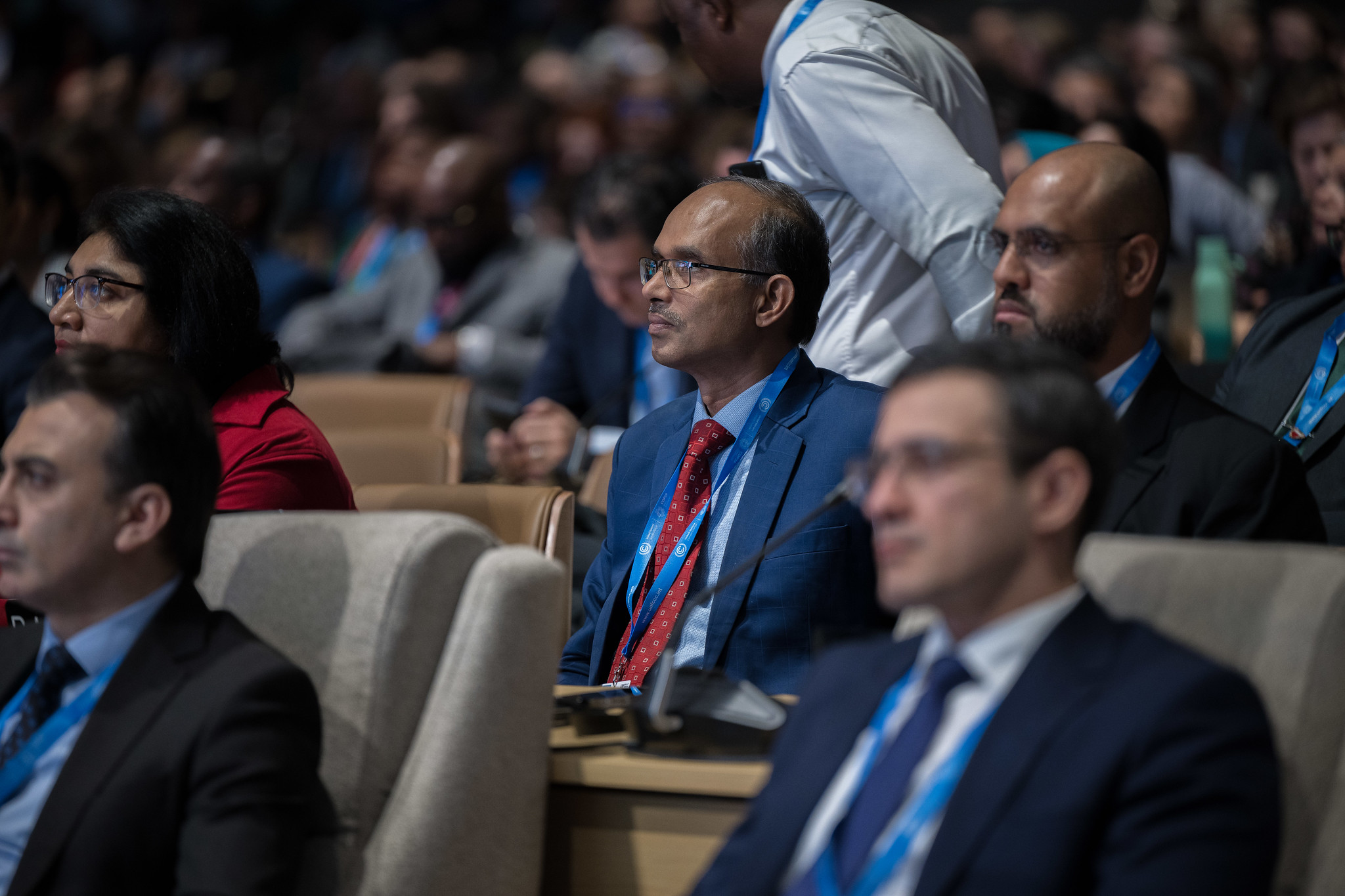 Where Are the Political Leaders?
Where Are the Political Leaders?
COP29 also raised a critical question: Are global leaders doing enough? While some countries are stepping up, others seem to lack the political will to enact meaningful change. With global temperatures nearing tipping points, there is no room for complacency. Citizens and advocacy groups must continue to hold leaders accountable for their promises.





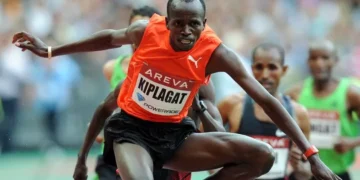





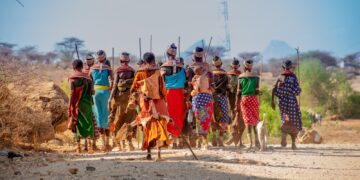



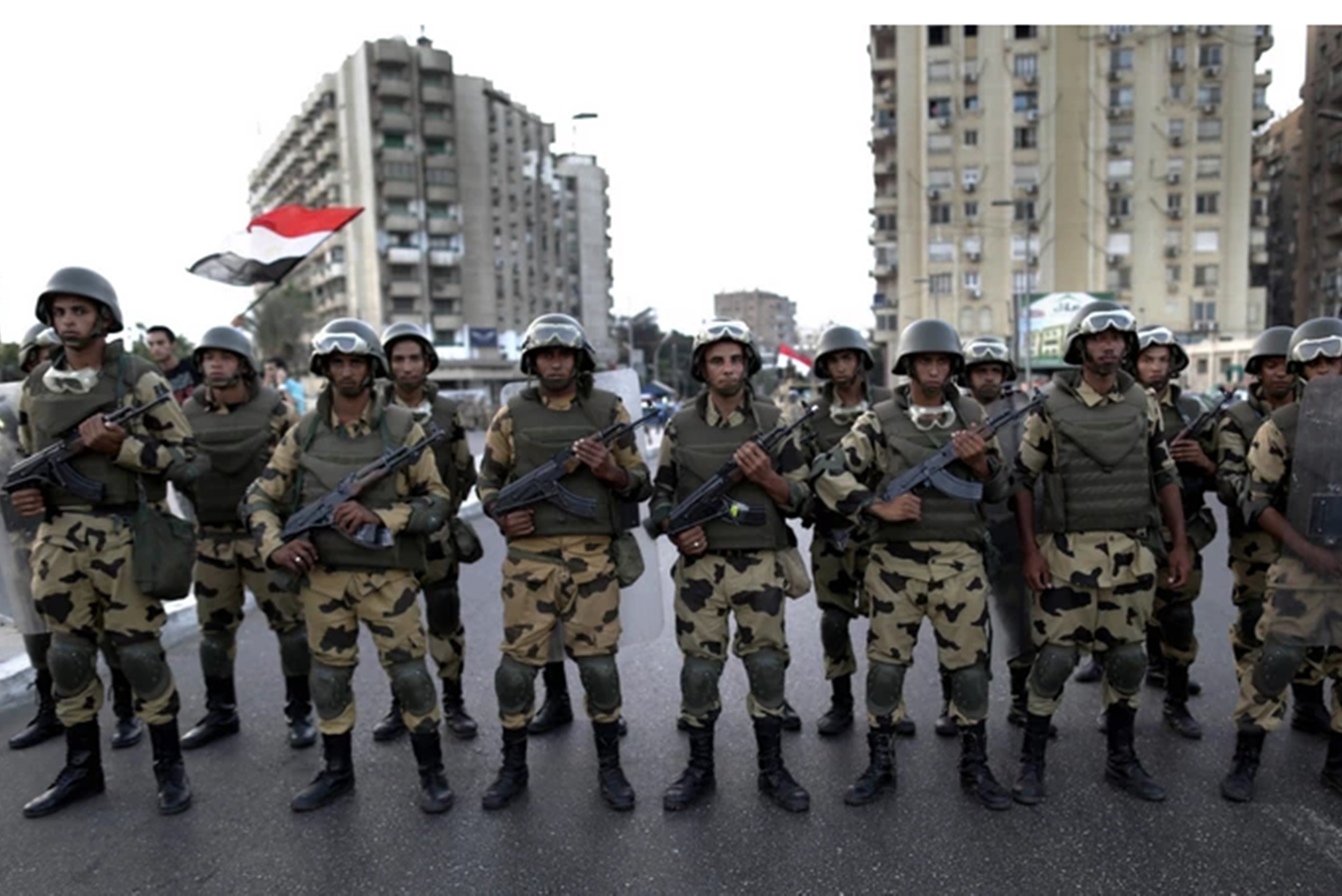


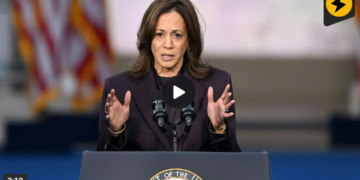
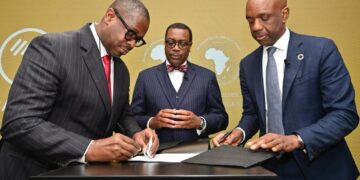
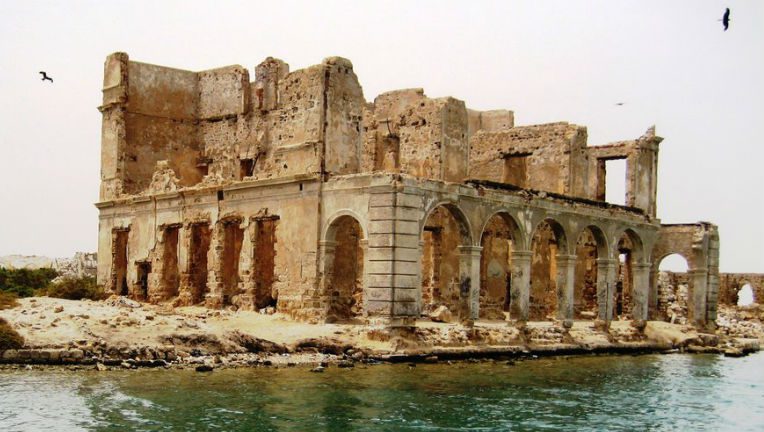

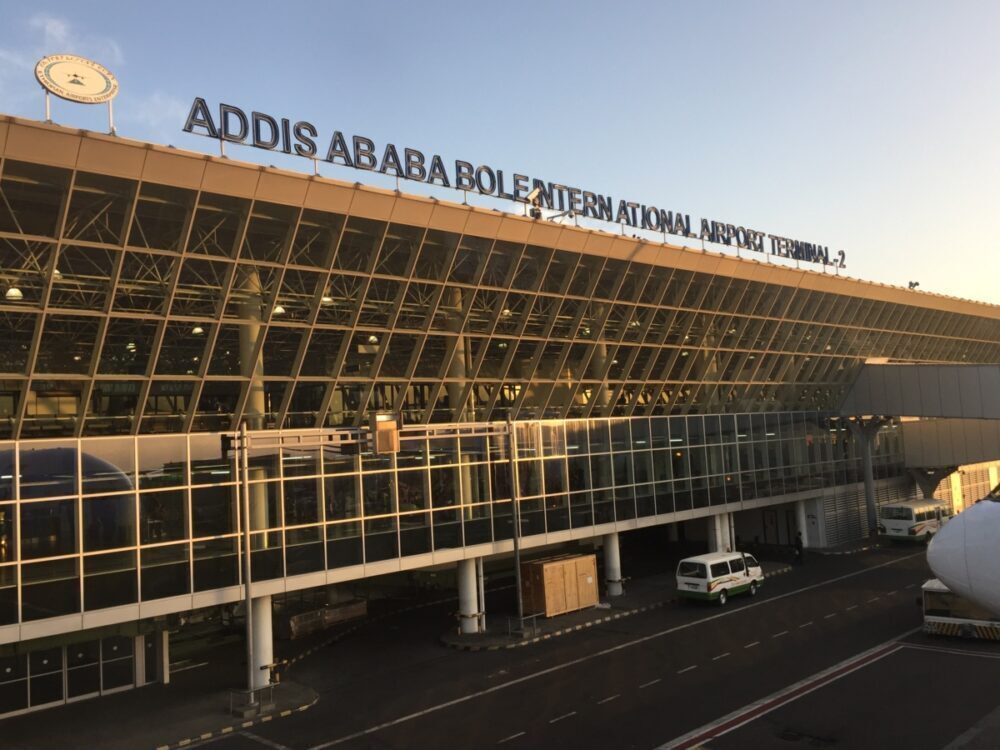




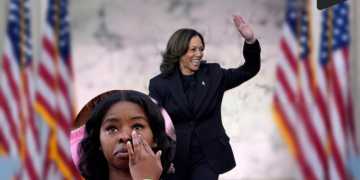










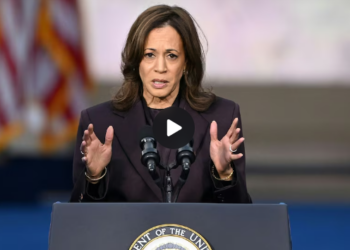















Discussion about this post